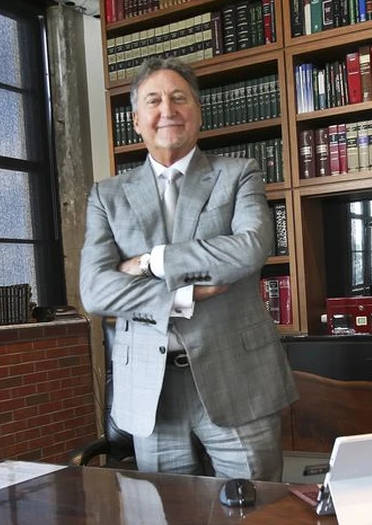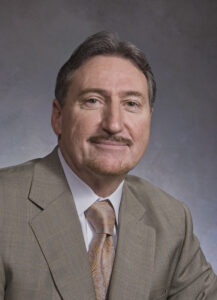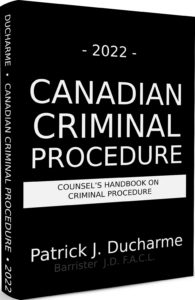September 11 Massacre
Today we remember the many thousands of victims of the massacre that occurred more than two decades ago. A preponderance of evidence exists that all three World Trade Center buildings that collapsed on September 11 were deliberately destroyed in a controlled demolition, yet the real architects of this mass destruction have yet to be held accountable. Thousands of innocent people died in the destruction, and many thousands more suffered health consequences as a direct result of the wreckage. Countless families lost their loved ones.
Edward Ducharme
On August 11 we honour the heavenly birthday of Edward W Ducharme.

The Rules of Evidence
 |
| Patrick Ducharme |
The evidence at the trial includes what each witness says in answering the questions of counsel. The questions themselves are not evidence, unless the witness agrees with a specific suggestion put to the witness in cross-examination. Adopting the suggestion of a questioner makes the witness’s adoption his evidence. The evidence also includes any items entered as exhibits. Exhibits may include photographs, documents, diagrams, sketches and actual items such as guns, drugs and drug paraphernalia.
Continue reading “The Rules of Evidence”
The Definition of Sufficiency in 548
 |
| Patrick Ducharme |
The classic definition of sufficiency has been described as, ‘some evidence upon which a reasonable jury, properly instructed, could convict. Perhaps understandably, use of the term “some evidence” led some Justices to refer to the test of sufficiency as a distinction between ‘no evidence’ and ‘some evidence.’ McLachlin J. (as she then was), noting this error, referred to the distinction between ‘no evidence’ and ‘some evidence’ as “nonsensical.”2 She decided to fix the problem. She did so in two cases: R. v.Charemski3 and R. v.Arcuri.
Continue reading “The Definition of Sufficiency in 548”
The Late Great Edward W Ducharme
On June 2 The Late Great Edward W Ducharme was reunited with his great mother Teresa Ducharme. Edward was PJD’s best friend and most trusted partner for many years prior to his ascension to the bench and later to the Court of Appeal for Ontario, and his subsequent ascension to a higher realm.
An Unintended Consequence
 |
| Patrick J Ducharme |
In this form of the defence of accident the court is asked to focus upon the consequences of the accused’s actions. In one recent case thee men were experimenting in the backyard of a cottage just outside the city of Sarnia. They had a metal pipe into which they loaded gun powder. The metal pipe at one end had a “wick” that when lighted would allow the men to run to a safe place some distance away. When the gun powder was ignited it would send a projectile placed at the other end of the pipe to be propelled into the air. At least that was the plan.
They videotaped this foolish escapade. There were several misfires. Each time the wick was lit these playful gentlemen would laugh and run to safety. But their place of safety turned out to be not so safe.
Continue reading “An Unintended Consequence”
Provocation May Be Relevant
 |
| Patrick Ducharme |
The Court of Appeal for Ontario in R. v. Bouchard1 found that the statutory definition of provocation in section 232 has no relevance when considering the impact of an alleged victim’s conduct on the accused’s state of mind in determining whether the elements of murder is proven by the prosecutor. Just two years earlier, the Court of Appeal for Ontario had concluded that evidence relevant to a provocation defence under section 232 may also be relevant to proof of the fault element for murder. The court suggested that a careful examination of the state of mind of the accused in relation to intention or lack of intention was a good reason for a “rolled-up instruction” to the jury by the trial Judge.
Continue reading “Provocation May Be Relevant”
Pleas (part 2)
 |
| Patrick Ducharme |
A plea of not guilty in Canada effectively joins issue with the prosecution, challenging the prosecution to prove each and every essential element of the offence(s) beyond a reasonable doubt. A plea of not guilty encompasses all defences for which a special plea is not provided, including the defence of res judicata.
Continue reading “Pleas (part 2)”
Consent Searches
 |
| Patrick Ducharme |
Although a person may consent to a search, even to the provision of bodily samples, the consent must be informed. Usually the most important issues in determining whether or not there is a valid consent will be whether the consent in question was given with the full understanding by the person searched of his rights to be free from unreasonable search and seizure. This requires his clear, cogent and unequivocal consent to the search, despite knowing his right to be free from unreasonable search and seizure, and, whether his right to counsel was respected.

The above is the an excerpt of Patrick J Ducharme's book, Canadian Criminal Procedure, available at Amazon or in bulk through MedicaLegal Publishing along with Criminal Trial Strategies.
Subscribe to Patrick Ducharme's Youtube Channel

